When I read about film or silicon strain gauges their data-sheets mentions about their resolution.
But in analog world what sets the resolution? For example if you vary a potentiometer the output voltage changes accordingly so one can say there is relation between the rotation and the output voltage which would be a continous function not quantized.
Can you give an example which would explain the resolution concept for strain-gauge?
